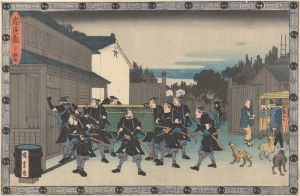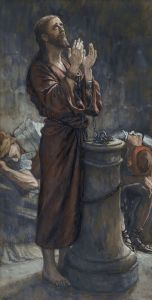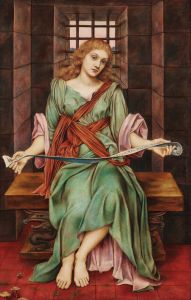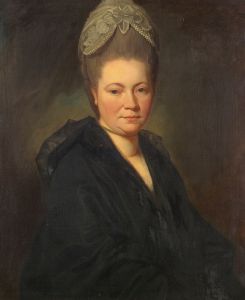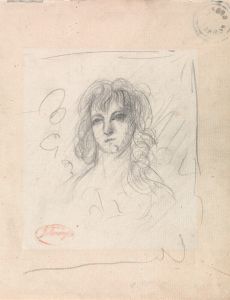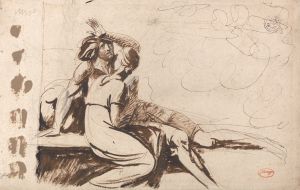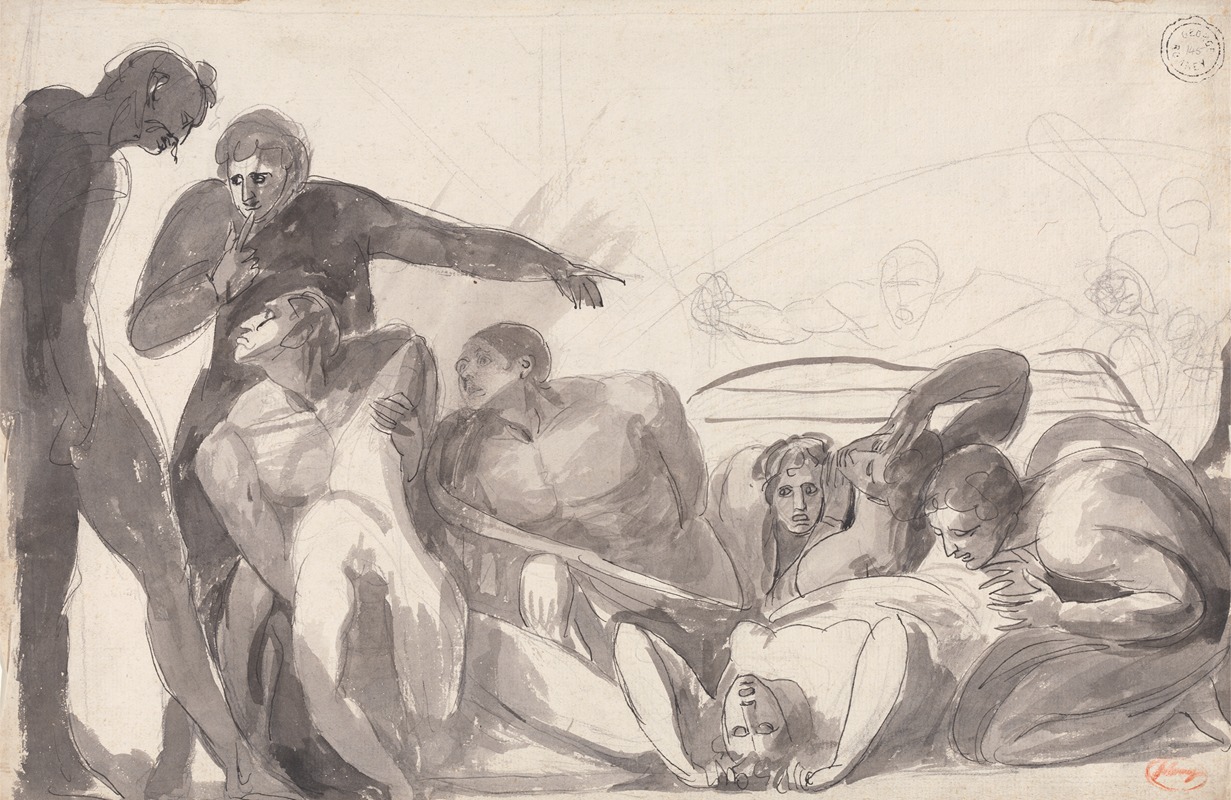
Howard Visiting a Prison
A hand-painted replica of George Romney’s masterpiece Howard Visiting a Prison, meticulously crafted by professional artists to capture the true essence of the original. Each piece is created with museum-quality canvas and rare mineral pigments, carefully painted by experienced artists with delicate brushstrokes and rich, layered colors to perfectly recreate the texture of the original artwork. Unlike machine-printed reproductions, this hand-painted version brings the painting to life, infused with the artist’s emotions and skill in every stroke. Whether for personal collection or home decoration, it instantly elevates the artistic atmosphere of any space.
"Howard Visiting a Prison" is a painting by the British artist George Romney, created in the late 18th century. George Romney (1734–1802) was a prominent English portrait painter, known for his vivid and expressive style. He was one of the leading portraitists of his time, alongside contemporaries such as Joshua Reynolds and Thomas Gainsborough.
The painting depicts John Howard, a noted philanthropist and prison reformer, visiting a prison. John Howard (1726–1790) was a significant figure in the history of prison reform. He dedicated much of his life to improving the conditions of prisons and the treatment of prisoners. His work was instrumental in raising awareness about the dire state of prisons in the 18th century and advocating for humanitarian reforms.
Howard's interest in prison reform began after he was appointed High Sheriff of Bedfordshire in 1773. During his tenure, he was appalled by the conditions he observed in local jails. This experience motivated him to travel extensively across Europe, inspecting prisons and documenting their conditions. His findings were published in "The State of the Prisons in England and Wales" in 1777, a groundbreaking work that highlighted the need for reform.
Romney's painting captures Howard in the act of visiting a prison, emphasizing his role as a compassionate and determined reformer. The artwork reflects the social and political climate of the time, when issues of justice and humanitarianism were gaining prominence. The painting is noted for its realistic portrayal of the prison environment and the dignified presence of Howard, who is depicted engaging with prisoners and observing their conditions.
Romney's choice to depict Howard in this context underscores the artist's awareness of contemporary social issues and his ability to convey them through art. The painting serves as both a historical document and a tribute to Howard's legacy. It highlights the impact of individual action in the pursuit of social justice and reform.
The exact date of the painting's creation is not clearly documented, but it is generally placed in the latter part of the 18th century, during the height of Howard's influence and Romney's career. The painting is part of a broader tradition of art that seeks to engage with social issues and reflect the values of the Enlightenment, which emphasized reason, humanitarianism, and progress.
"Howard Visiting a Prison" remains an important work in the study of both George Romney's artistic career and the history of social reform. It is a testament to the enduring power of art to capture and promote social change, as well as a reminder of the historical figures who have contributed to the advancement of human rights and dignity.





